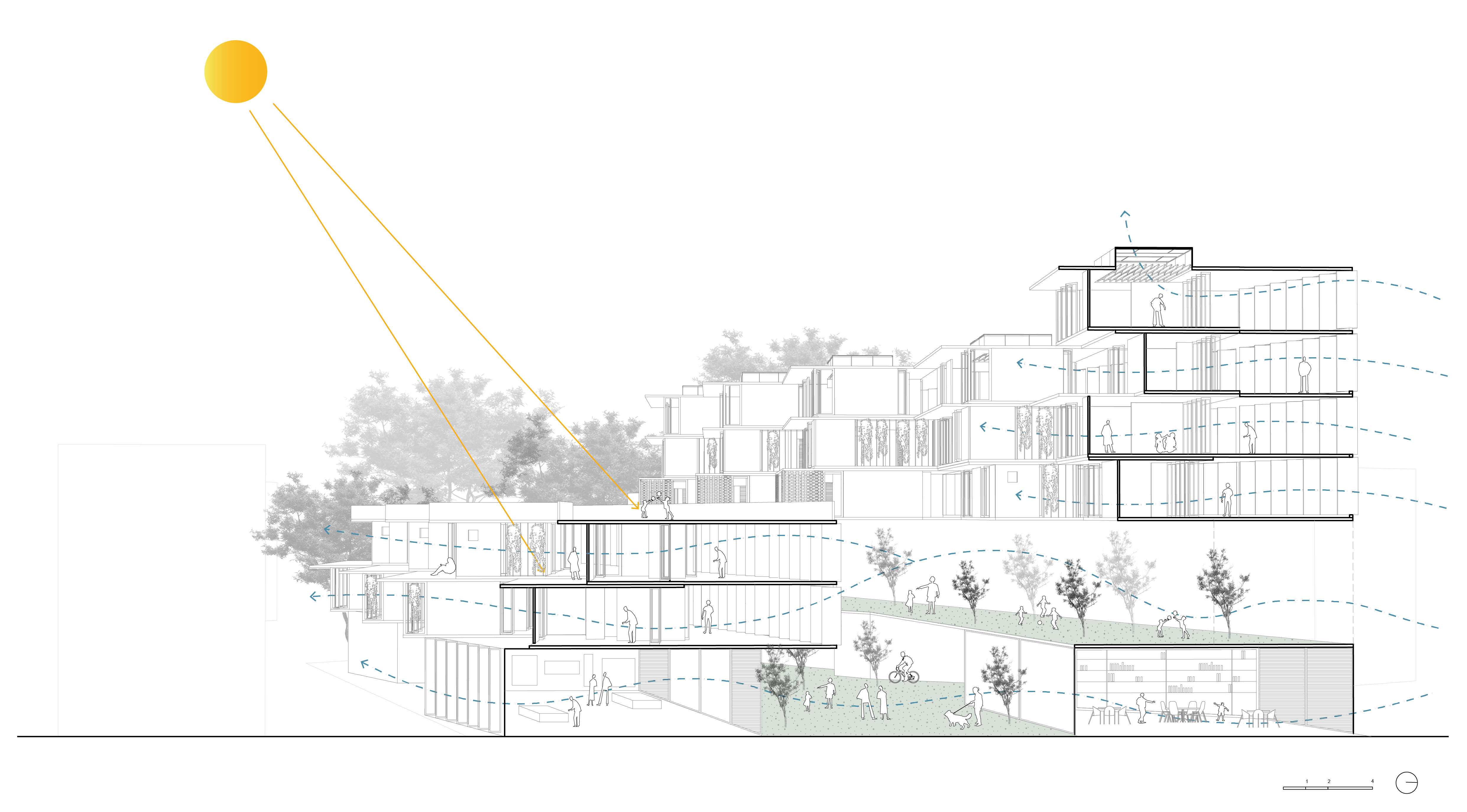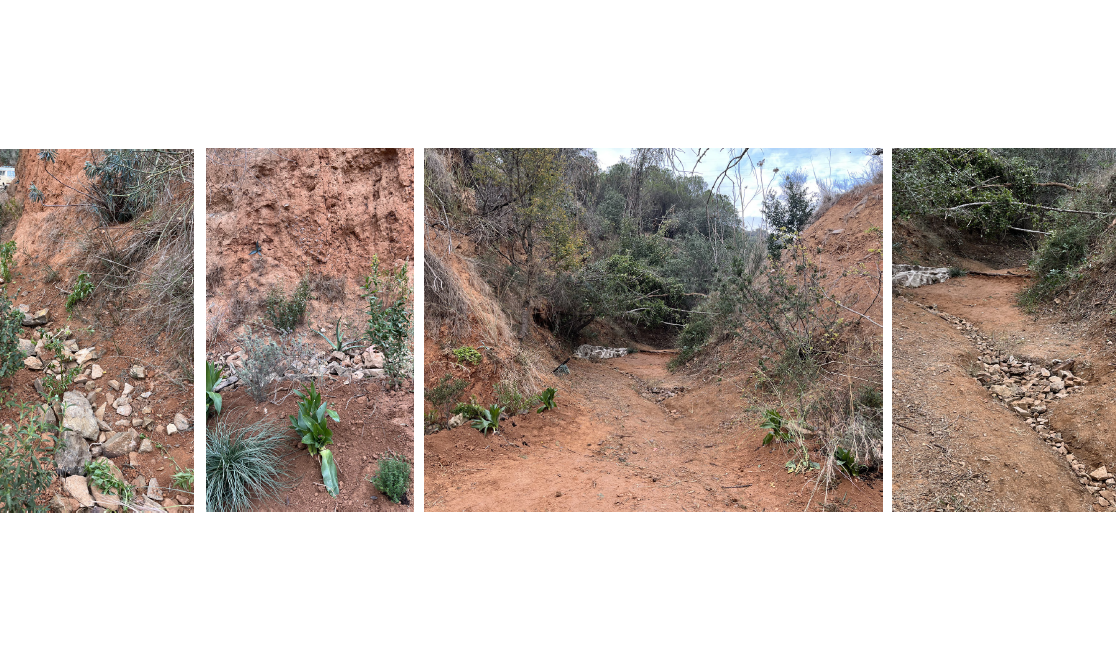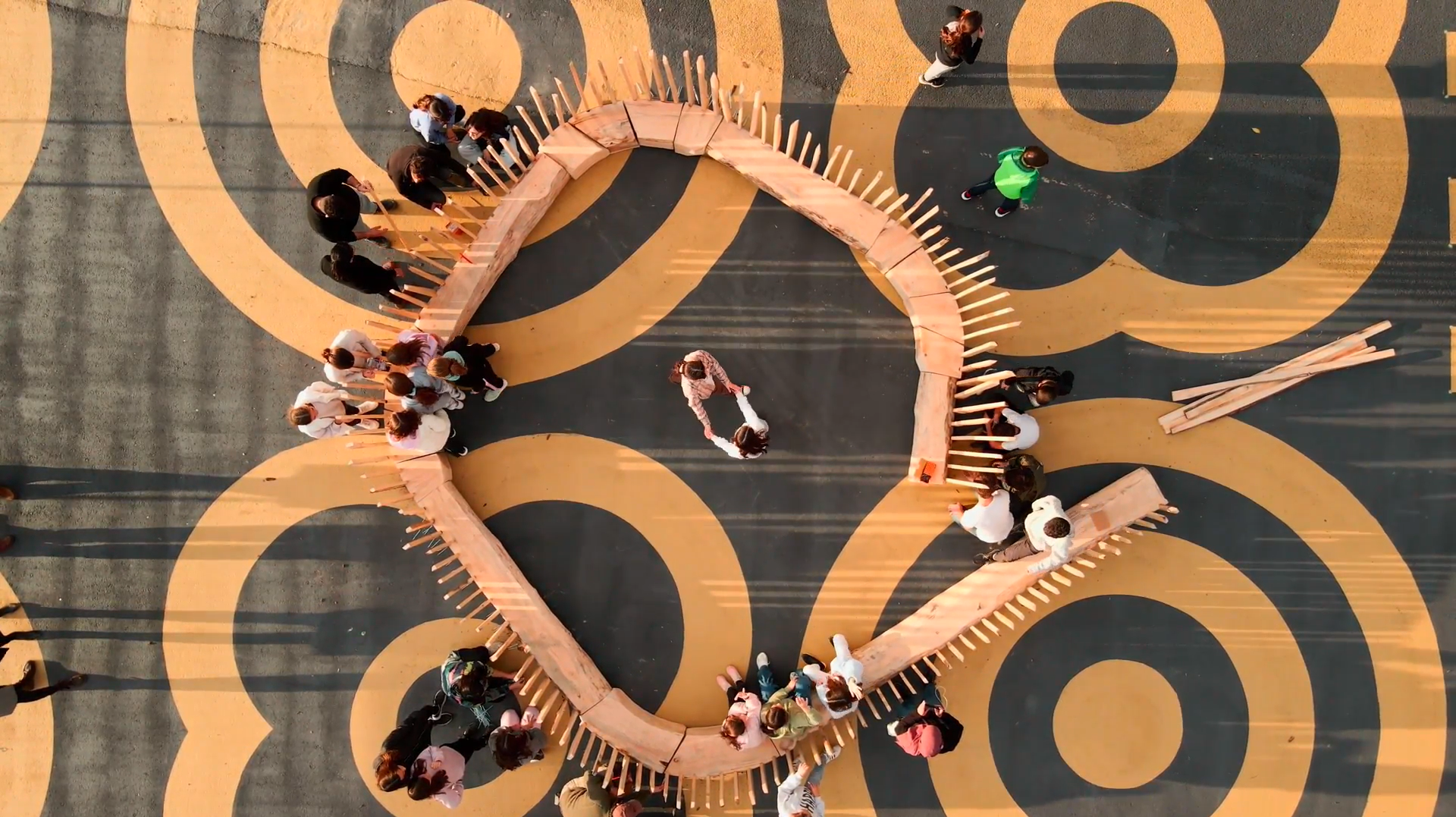MEDITERRANEAN l Thermodynamics
01. Introduction Venice is a city in northeastern Italy and the capital of the Veneto region. It is built on a group of 118 small islands separated by canals and linked by over 400 bridges.According to the Köppen climate classification, Venice has a mid-latitude four-season humid subtropical climate, with cool, damp winters and warm, humid … Read more






